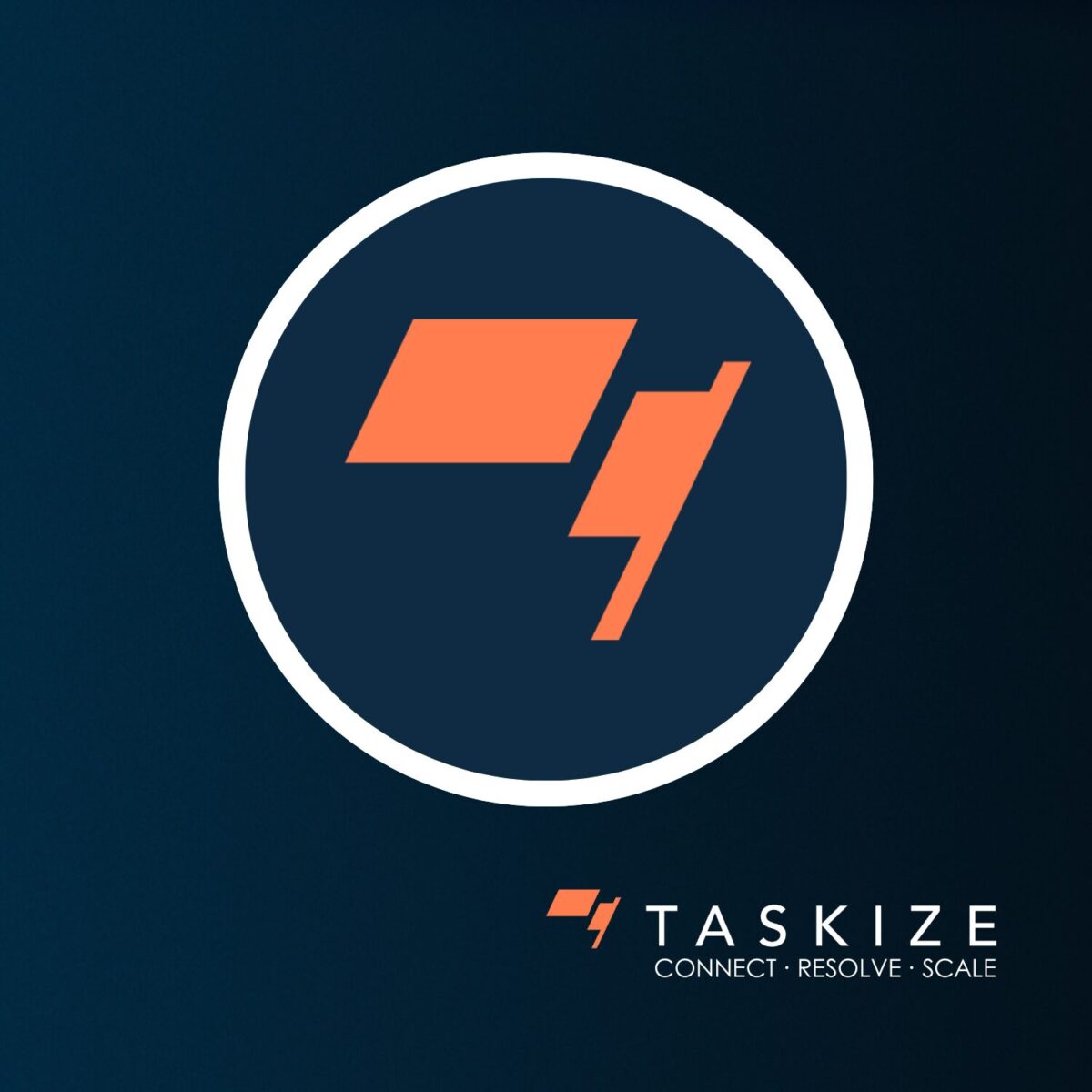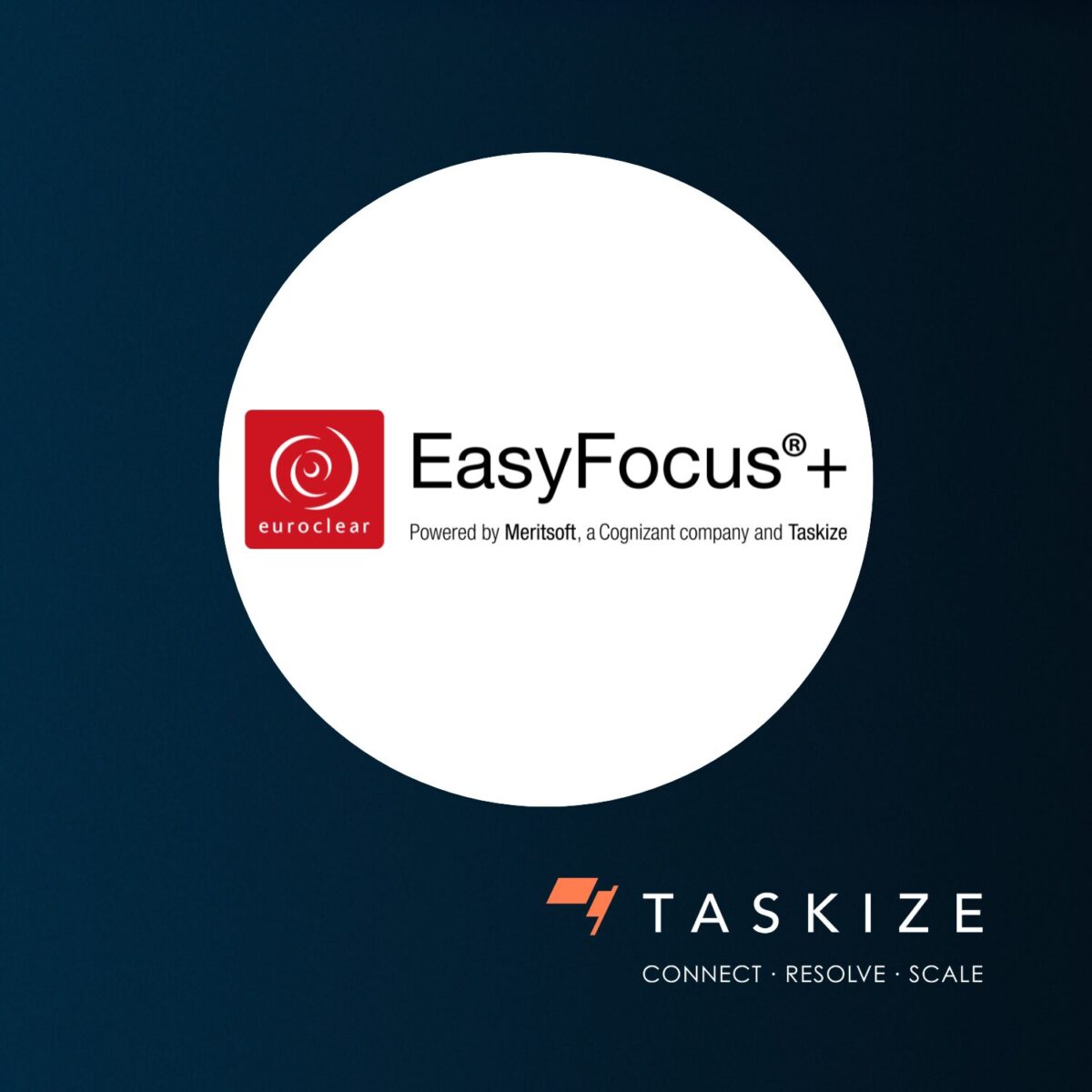Insights
September was the start of budget season, when department heads must make their case for new funds from the central pot. In recent years, costs and revenues have been allocated more assiduously, in line with both capital constraints and regulatory requirements.
COOs must explain how they will deliver faster, more efficient back-office support and accommodate new regulatory obligations. Additionally, COOs are expected to innovate, improve operational effectiveness, reduce costs and improve client service. All on a shoestring budget.
But there is hope! We are also living through an age of unparalleled technology innovation which offers real improvement. The challenge for COOs is to find technology that does not involve expensive change management projects to tailor systems to the individual business lines.
Taskize, can provide high-productivity framework for fixing back-office breaks and addressing processing issues and queries delivered as a modern utility. With little upfront or ongoing costs, Taskize offers access to a network that leverages widespread industry expertise to connect problems and the people that can resolve them.
In recent years, focus has shifted from the top line to the bottom line, but transaction cost analysis is in its infancy in many asset classes. Legacy systems are not structured to identify the costs of servicing individual clients. When a manual fix is required to support a client, the costs can be significant. Allocating costs to clients with accuracy is a challenge, but innovation at the operating level is providing new insights.
Taskize, enables extra customer service from the back office to be logged and tracked on a per client per business per activity basis, helping to monitor client profitability across silos.
Banks must find ways to continually innovate to augment and reinvent existing value propositions if they are to maintain mutually beneficial relationships with clients. To do this, they need a firm but flexible foundation. Taskize offers an operating infrastructure to help deliver high-quality transaction execution. Greater transparency on processing can help to evolve client needs and quantify client service costs accurately, providing executives with critical market intelligence for budget purposes.
A well-functioning operational infrastructure may not win new business, but through intelligent, cost-conscious use of innovation it can help to maintain long-term client relationships, and ensure that budget proposals are based on an accurate understanding of client profitability. Indeed, this is now expected.

